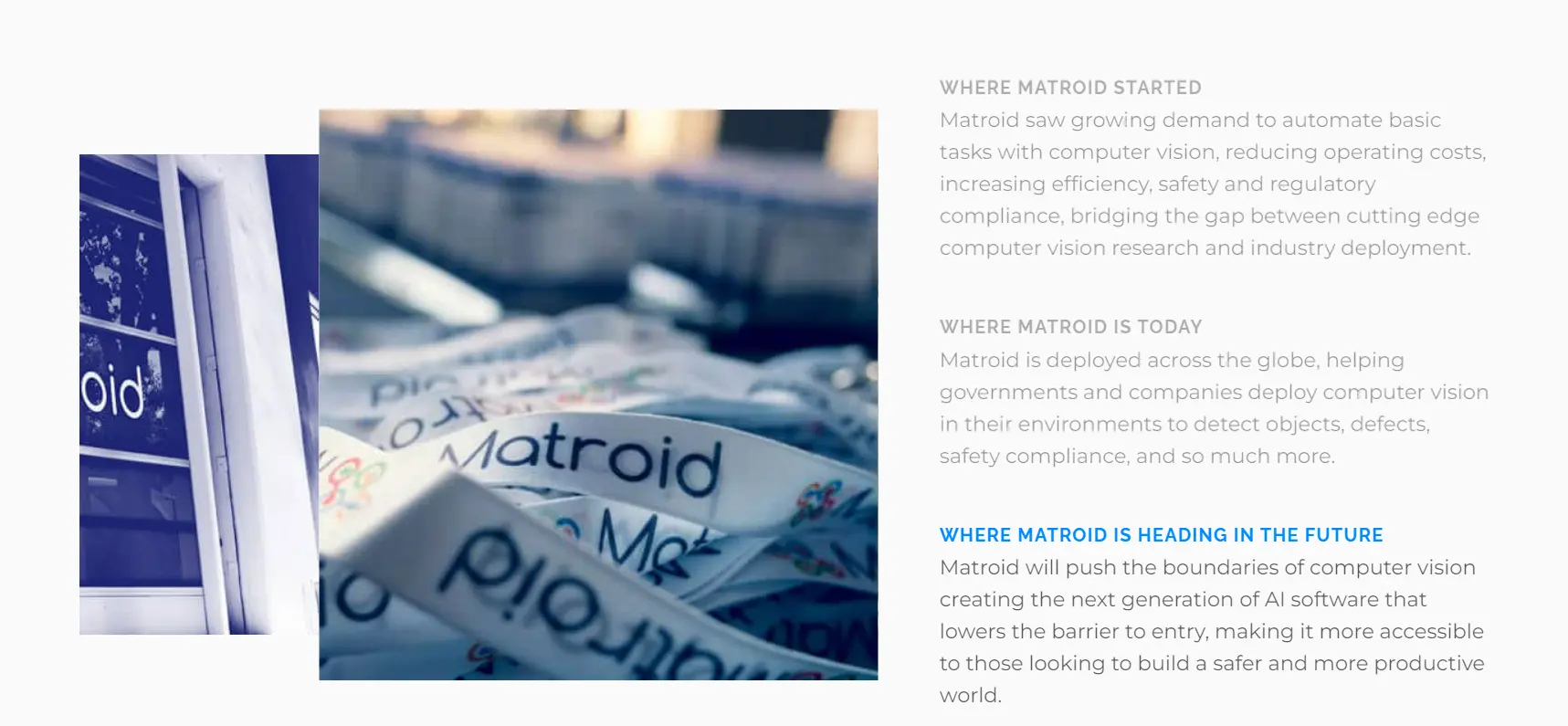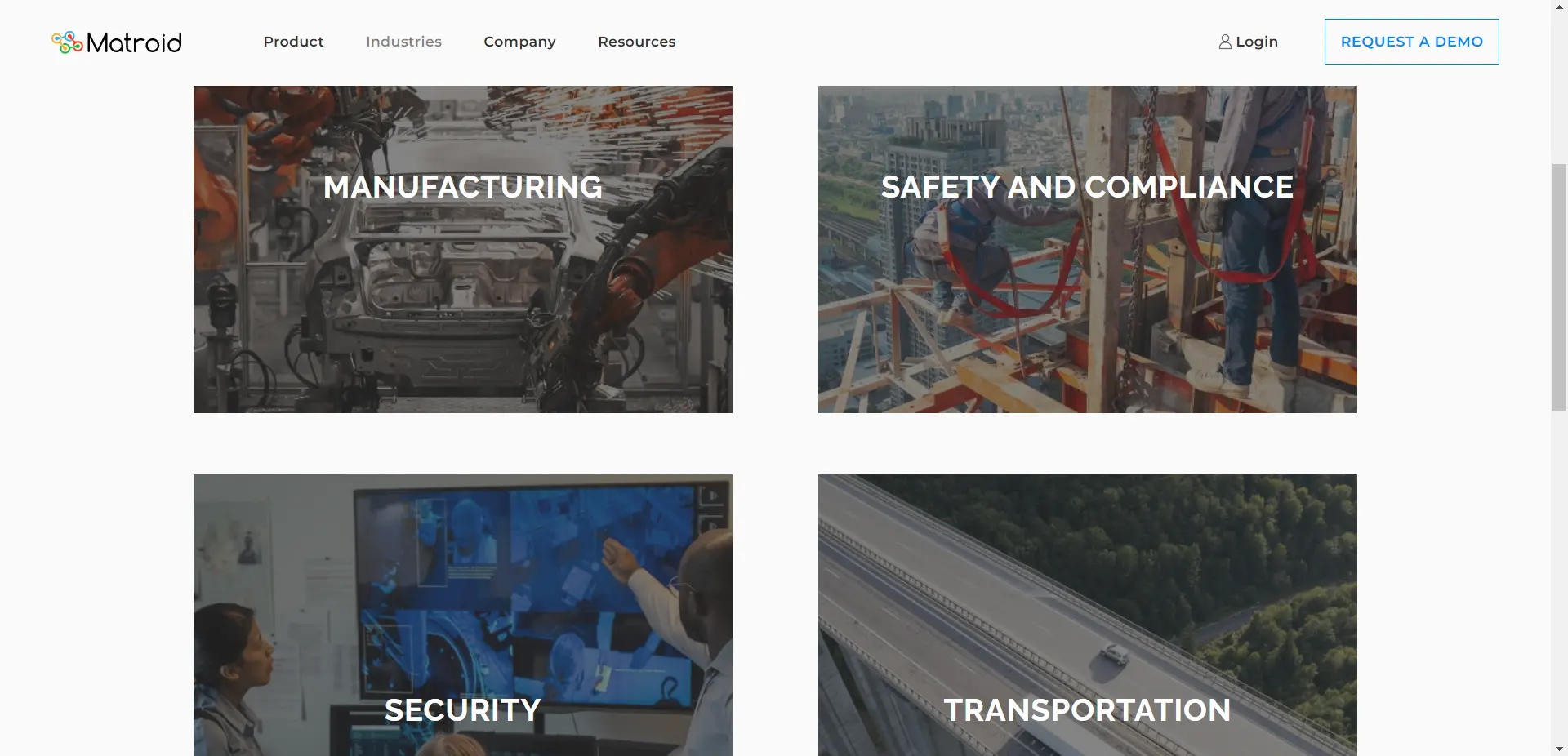This Computer Vision Platform Helps In Deploy Model Quickly

Table of Contents
Introduction
The problem of extracting meaningful insights from visual data at scale is prevalent across various industries, including retail, transportation, healthcare, and security. These industries generate large amounts of visual data daily, but analyzing and extracting useful information is difficult.
For example, in the retail industry, companies must keep track of their inventory, but manual inventory management is time-consuming and prone to errors.
Similarly, traffic congestion and accidents cost billions of dollars yearly in the transportation industry, leading to increased carbon emissions.
Computer vision technology can help solve these problems, but traditional computer vision methods are limited in their ability to scale.

Figure: Manual inspection of products
Extracting meaningful insights from visual data at scale is significant and costly for various industries. According to a report by Grand View Research, the global computer vision market size was valued at $11.94 billion in 2020 and is expected to grow at a compound annual growth rate (CAGR) of 7.6% from 2021 to 2028. This indicates that the problem is substantial and is expected to continue to grow.
The time and money lost due to the inability to analyze visual data at scale are significant. For example, in the retail industry, companies lose billions of dollars yearly due to inventory errors, product misplacement, and theft. Manual inventory management is time-consuming and prone to errors, resulting in lost sales and unhappy customers.
Traffic congestion and accidents cost billions of dollars yearly in the transportation industry, leading to increased carbon emissions. The inability to analyze traffic patterns and optimize traffic flow results in lost time and money for businesses and individuals alike
Computer vision technology can help solve the problem of analyzing visual data at scale. Using machine learning algorithms and deep neural networks, computer vision systems can analyze large amounts of visual data quickly and accurately, providing valuable insights that can help businesses save time and money.
Role of Computer Vision
Computer vision plays a crucial role in solving the problem of extracting meaningful insights from visual data at scale. The human eye can only process a limited amount of visual information, making it challenging to analyze large amounts of visual data efficiently.
Computer vision technology can help businesses overcome this problem by automating visual data analysis.
Computer vision algorithms can process vast amounts of visual data quickly and accurately. These algorithms can recognize objects, detect patterns, and classify data based on predefined parameters.
This allows businesses to analyze visual data at scale and extract meaningful insights that can be used to improve their operations.
For example, in the retail industry, computer vision technology can automate inventory management, detect product misplacement, and identify instances of theft. In the transportation industry, computer vision can analyze traffic patterns and optimize traffic flow, reducing congestion and improving transportation efficiency.
Matroid is a company that provides computer vision technology that can be used by businesses to automate the analysis of visual data. Their platform allows users to create custom computer vision models without requiring any programming knowledge. This makes it easier for businesses to implement computer vision technology and derive value from their visual data.
About Matroid
Matroid is a computer vision company that provides a platform for building custom computer vision models without requiring machine learning or computer vision expertise. The company's platform uses state-of-the-art deep learning algorithms to enable users to quickly create and deploy custom computer vision models for various applications.
Matroid's platform allows users to upload and annotate their data. It then uses this data to train computer vision models for object detection, classification, and tracking tasks. The platform also includes a range of pre-built models to be used as a starting point for custom model development.

Figure: Webpage of Matroid
Various companies in retail, manufacturing and security industries use Matroid's platform. The company has also developed several applications, including tools for monitoring social media for hate speech and detecting damage to infrastructure from satellite imagery.

Figure: Industrial application of Matroid
How Matrioid uses computer vision
Matroid's platform uses various computer vision tasks on its platform. Some of these include:
- Object Detection: The platform can detect objects within images and videos and identify their location within the scene. This is achieved using object detection algorithms and deep learning models.
- Image Classification: Matroid's platform can classify objects within images and videos into predefined categories. This is achieved using image recognition algorithms and deep learning models trained on large datasets.
- Object Tracking: The platform can track objects within a scene over time, allowing users to analyze their movements and behavior. This is achieved using object tracking algorithms that use features such as shape, color, and texture to track objects.
- Anomaly Detection: Matroid's platform can detect anomalies within a scene, such as unusual behavior or objects that do not belong in the scene. This is achieved using anomaly detection algorithms that can identify patterns and outliers within the data.
- Image and Video Segmentation: The platform can segment images and videos into different regions based on their content, such as separating foreground from background. This is achieved using segmentation algorithms that use color, texture, and other features to identify different regions within the image or video.
- Facial Recognition: The platform can recognize and match faces within images and videos to known individuals. This is achieved using facial recognition algorithms that use deep learning models to identify unique facial features.
Conclusion
In conclusion, computer vision technology is crucial for extracting meaningful insights from visual data at scale. With the increasing demand for this technology, the global computer vision market is expected to grow significantly in the coming years. The inability to analyze visual data at scale is a significant problem for various industries, resulting in lost time and money.
Matroid is one such company that provides a platform for building custom computer vision models without requiring machine learning or computer vision expertise. Their platform uses state-of-the-art deep learning algorithms to enable users to quickly create and deploy custom computer vision models for various applications.
Matroid's platform can perform various computer vision tasks, including object detection, image classification, object tracking, anomaly detection, image and video segmentation, and facial recognition.
Various retail and manufacturing companies use Matroid's technology and security industries, as well as governments, to deploy computer vision in their environments to detect objects, defects, safety compliance, and much more. With Matroid's platform, businesses can automate visual data analysis, extract valuable insights, and improve their operations, ultimately saving time and money.
Labellerr's computer vision workflow management software helps organizations of all sizes to automate the process of data preparation, curation and quality control at scale. It helps ML teams to make their AI ready for production in weeks rather than months.

Simplify Your Data Annotation Workflow With Proven Strategies
Download the Free Guide

